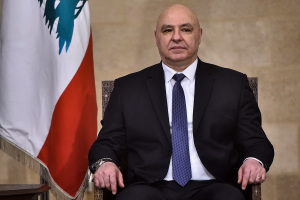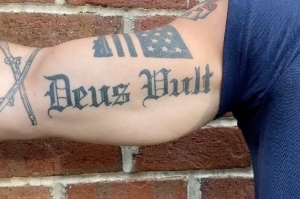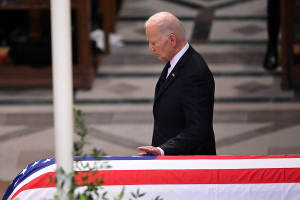Girl's Cross Put Back into School Mural
A junior high student's submission for a school mural was recently censored after she had included a cross and message of faith in her piece.
But after a letter from the Christian legal group Alliance Defense Fund (ADF) was sent to school officials, it was decided that Melissa Yates' mural piece would be included in Thompson Jr. High School's art collaboration.
"Christian speech should not be relegated to second-class status," said Kevin Theriot, senior counsel at ADF, in a statement. "The Supreme Court has affirmed that students do not shed their beliefs when they enter the schoolhouse gate. We're glad that the school district acted quickly and did the right thing by recognizing Melissa's constitutional right to free speech."
Melissa is part of the art club at her school in Oswego, Ill. The group had gained permission from the school to paint a mural on one of the walls of the building titled "We all come together at Thompson."
For the work, the art project was dissected down into smaller puzzle pieces in which each student would be able to decorate their own in any manner they wished, as long as it did not have profanity or weapons depicted. They could then also sign their name to their puzzle section.
On Melissa's piece, she had depicted a cross and wrote a personal message that stated, "Thompson is being watched over." It was then approved, and put up on the wall among the other students' contributions.
The following morning, Melissa's piece had been ordered by the principal to be covered up and was painted over with blue paint. The administrator claimed that the portrayal went against separation of church and state and that it would also offend other students.
Following the incident, ADF sent a letter on behalf of the junior high student explaining her First Amendment rights and how other students were not censored for their own written personal messages.
"We appreciate the difficulty schools face in trying to balance the concerns of the Establishment Clause with the protections of the Free Speech and Free Exercise Clauses," explained the letter to officials. "Under these circumstances, however, the law is clear. Private religious expression within the context of a mural display located on public school grounds do not violate the constitution. Indeed, the Free Speech Clause requires that such speech be included."
Upon receiving the letter, school administrators reversed their policy and allowed Melissa's cross to go back up with the words "I Believe, Do You?" into the mural.
ADF credits the school's confusion, as well as others, to outside groups that try to limit religious free speech in public schools, notably the American Civil Liberties Union (ACLU).
"Because of the ACLU's relentless campaign of fear, intimidation, and disinformation, many school officials are confused about what the law really says when it comes to religious speech in public schools," concluded Theriot. "We commend the principal and the district for doing the right thing once they received the facts about Melissa's constitutional rights."





























